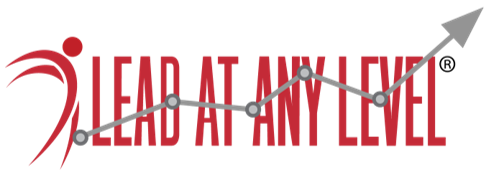It’s back-to-school time in Indiana, which means new teachers, new classes, and new classmates. Every year, I worry whether my kids will have friends in their classes, whether their teachers will recognize their unique talents, and whether the administrators support a truly inclusive learning environment.
Is being an employee really any different? As our organizations grow larger and more diverse, culture can become difficult to measure and manage. Clearly, our employees worry about whether their teams will be accepting of them, whether their managers will recognize their unique talents, and whether executives support a truly inclusive culture in the workplace. After all, culture plays a critical role in the recruitment, retention, and engagement of our workforce. But how do we measure inclusive culture?
Measuring Inclusive Culture
The Spectra Diversity Inclusion Assessment (SDIA) is the only statistically validated self-assessment that provides data at both an individual and organizational (or team) level. It is particularly useful as an organization-wide or team-based benchmarking tool.
Lead at Any Level® is proud to announce its status as a Spectra Diversity Change Partner. This relationship allows us to administer the survey, provide tailored reports, and facilitate follow-up discussions with your organization’s leaders.
With the SDIA, Executives and HR Professionals can:
- Understand the fundamental components of inclusive culture
- Benchmark organizational inclusion across a variety of demographic dimensions
- Identify contributing factors in employee turnover and customer satisfaction metrics
- Provide direction for organizational education and training efforts
- Offer individual reports for employees to assess their own biases and cross-cultural competencies (optional)
If you’re interested in measuring your organization’s inclusive culture, contact us today!

Leave a Reply